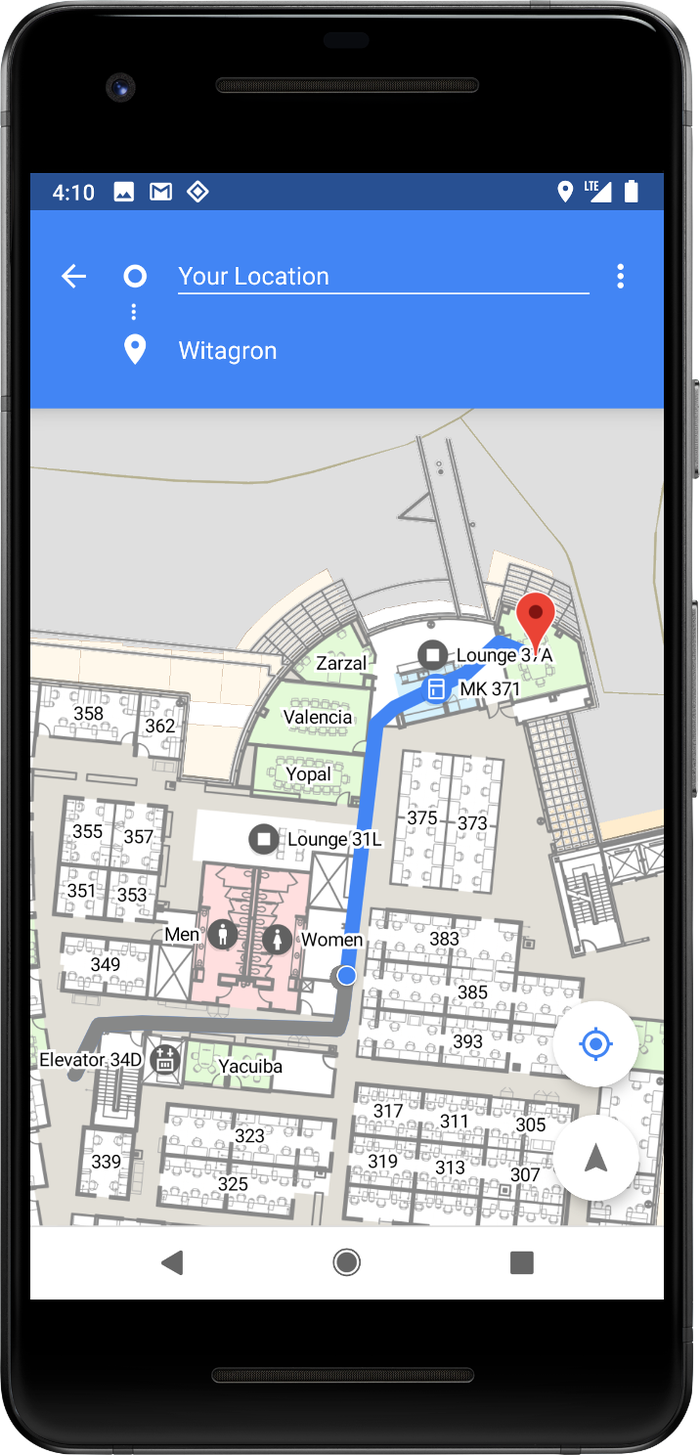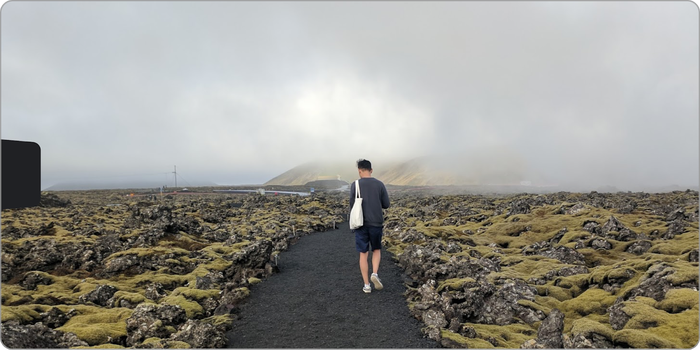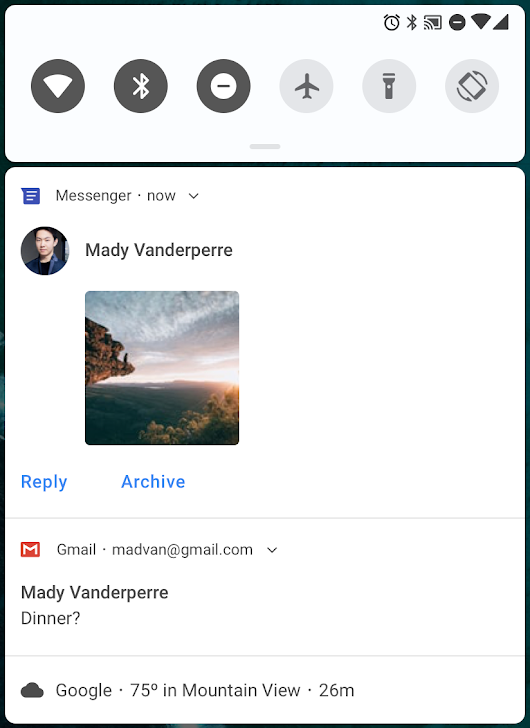Pancake, Popsicle or Pavlova? Google releases preview of Android P
Releasing the developer preview of the latest Android update in March has become a bit of a tradition for Google, and this year’s preview hasn’t disappointed.
March 8, 2018

Releasing the developer preview of the latest Android update in March has become a bit of a tradition for Google, and this year’s preview hasn’t disappointed.
Perhaps the most notable change this year is support for the latest edge-to-edge screens with display cut out for the camera. Handset manufacturers have a habit of copying the latest iPhone release, so the notch at the top of the screen will have to be accommodated for. Support for the cut out essentially makes it easier for developers to manage how a screen cut out affects an apps content.
While this is one of the more notable updates, it isn’t the one which we like the look of. Android P adds platform support for the IEEE protocol known as Wi-Fi Round-Trip-Time (RTT). It sounds very technical and scientific, but for those of us who aren’t that way inclined it is a feature which improves indoor positioning.
Apps will be able to use the RTT APIs to measure the distance to nearby RTT-capable wifi Access Points. By essentially bouncing a signal off a couple of these different Access Points, the app will be able to triangulate a more accurate position indoor, with Google claiming it could be as accurate as 1-2 metres. The APIs will start to open up a whole new array of features for apps such as disambiguated voice control and more accurate location-based information.
Micro-location technologies and beacons were a talking point in the industry a couple of years back but never really took off. The technology was clumsy and clunky, while consumers were less accepting of random notifications. Consumers are a bit more passive when it comes to intrusive notifications nowadays, so why not have another crack at making the micro-location technology work again.
Other new features include:
Adjusted format for message notifications, including more space to see who is messaging, add replies and images and use smart replies
New camera APIs which will allow the user to stream the feed from multiple cameras on the device simultaneously
Support for HDR VP9 Profile 2 to allow developers to deliver HDR-enabled movies from YouTube, Play Movies, and other sources on HDR-capable devices
Neural network APIs to accelerate on-device machine learning on Android
Client-side encryption of Android backups to enhance privacy
On the privacy side of things, Android P will also further limit the ability of background apps to access user input and sensor data. This has been a feature in previous updates, though Google has chosen to step up the efforts once again. Some of the limitations include accessing the microphone or camera, while accelerometers and gyroscopes will receive less information. Apps which require access to events will have to use a foreground service.
What is worth noting is that these are only a handful of the changes which will be made, and there are of course no promises that anything released in this preview will be gospel. There are a couple of cool features to look forward to, but now onto the important question; what do you think the Googlers will name it?

Improved Indoor Positioning Will Add A New Dimension For Some Apps

Apps With Immersive Content Will Be Able To Build The Experience Around The Cut Out

Message Notifications Will Also Get Quite A Bit Of A Revamp
About the Author
You May Also Like










.png?width=300&auto=webp&quality=80&disable=upscale)


_1.jpg?width=300&auto=webp&quality=80&disable=upscale)